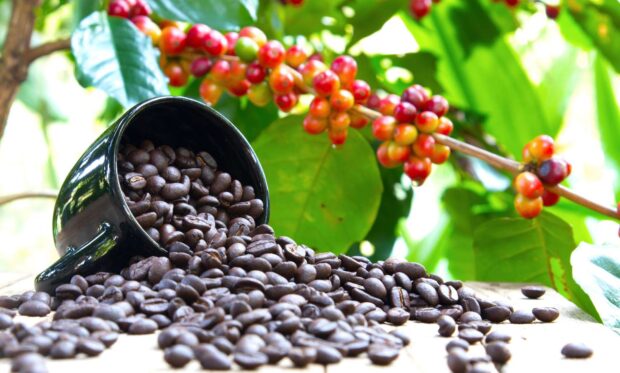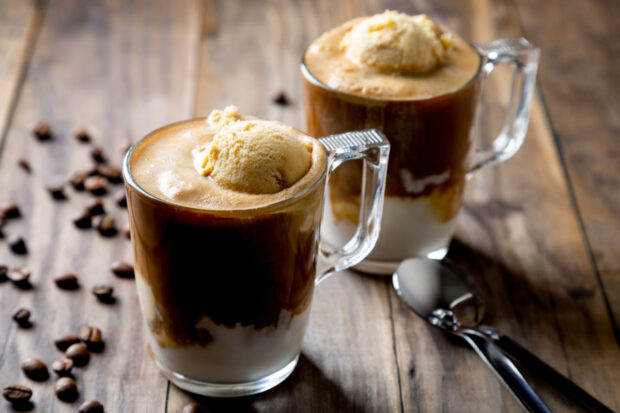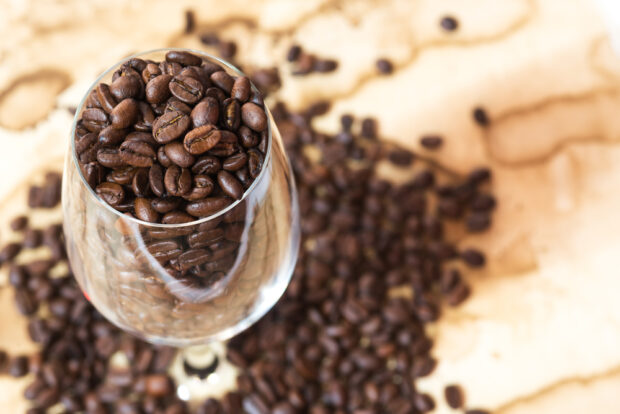Whether you’re a lover of coffee, wine, or both, chances are there’s more you can do to expand your palette. There’s so much to enjoy with both options. Their flavors, stories of origin, and varieties really speak to the deeply diverse cultures that surround both of these drinks. If you’re unaware of the similarities between the two, consider five of the ways that coffee and wine are incredibly similar.
1. Origins

While both coffee and wine spend time in manufacturing plants, their origins are natural. Both coffee and wine are formed from elements of the earth. Coffee beans come from the coffee plant. Wine is produced from fermented grapes. These products aren’t artificially produced nor do they originate from genetically-modified processes. In most cases, companies do their best to produce the finest quality authentic wine and coffee to please their customers.
2. Environment Matters

When it’s time to plant a seed in the ground, that’s not where the story ends. The seed requires nurturing in order to grow. While some plants can grow on a whim with low maintenance, this isn’t the case with coffee beans or grapes. They need water, soil and sun in order to become healthy plants. This is especially true when farmers harvest and produce with the intent to sell.
Whether you’re dealing with specialty coffee beans or wine, you’re originally starting with the coffee plant and the grapes. The soil, sun, and weather matter when it comes to making sure you get a good harvest. The right pH balance can directly impact the flavor of the wine a person consumes.
3. Flavor Variety

There’s an array of different types of wine. It’s also easy to discover different flavors within those types. The most popular types of wine are red wine, white wine, and rose. Within those three types, you can get sweet versions, full-bodied options, and more. It all depends on your palette.
The same concept is true for coffee. There are four types of coffee beans. One of the most popular options is coffee Arabica. The other three include Excelsa, Liberica, and Robusta. Even if you look at the different types of ways to roast coffee, they vary. Some people love a strong, dark roast. Others love a light roast. You might decide you want to be in the middle with a medium roast. Lastly, you might enjoy a medium-dark roast. There’s an option for each palette.
4. Cult Followings
In a lot of cultures, coffee and wine represent major staples of their identity. There are plenty of people who don’t start their day without a cup of coffee. There are many others who won’t end their day without a glass of wine. Both drinks have a cult-like following.
Depending on where you are in the world, you can easily find a coffee shop on any corner. Even if you’re shopping in the grocery store, it’s not uncommon to find coffee shops and baristas waiting to prepare you a cup while you shop.
Many parts of the world are known for their ability to produce high-quality wine. When you visit those parts of the world where wine is in abundance, they typically facilitate wine tours, wine-tasting parties, and other ways to immerse yourself in the culture of wine in that environment.
5. Plays Well with Others

When it’s time for dessert, coffee, and wine really stand out as superstar ingredients. They can play well when they’re consumed alongside a dessert. They also play well as ingredients inside of a dessert. Coffee ice cream tends to start with a vanilla base. The same holds true for wine as red wine ice cream needs a vanilla base to start. It’s also not uncommon to find wine-infused ice creams, sorbets and gelatos as well.
Coffee and wine both pair well with a chocolate-based dessert. Coffee is often included in chocolate liqueurs for desserts like cheesecake. When you’re cooking with coffee or wine, the potency isn’t as strong. As a result, many people feel comfortable giving coffee and wine to their children in those less concentrated forms. You get the delicious flavor without the intensity that’ll leave a child feeling incredibly energetic or drunk.
If you typically consume coffee from global coffee shop retailers, try something different. Purchase coffee beans, learn to brew them at home and prepare a delicious coffee drink. If you typically stick to sweet wines, branch out and try a white wine instead. Learn how to cook with various wines. As you try new flavors and styles of coffee and wine, you’ll expand your awareness of what’s available.

